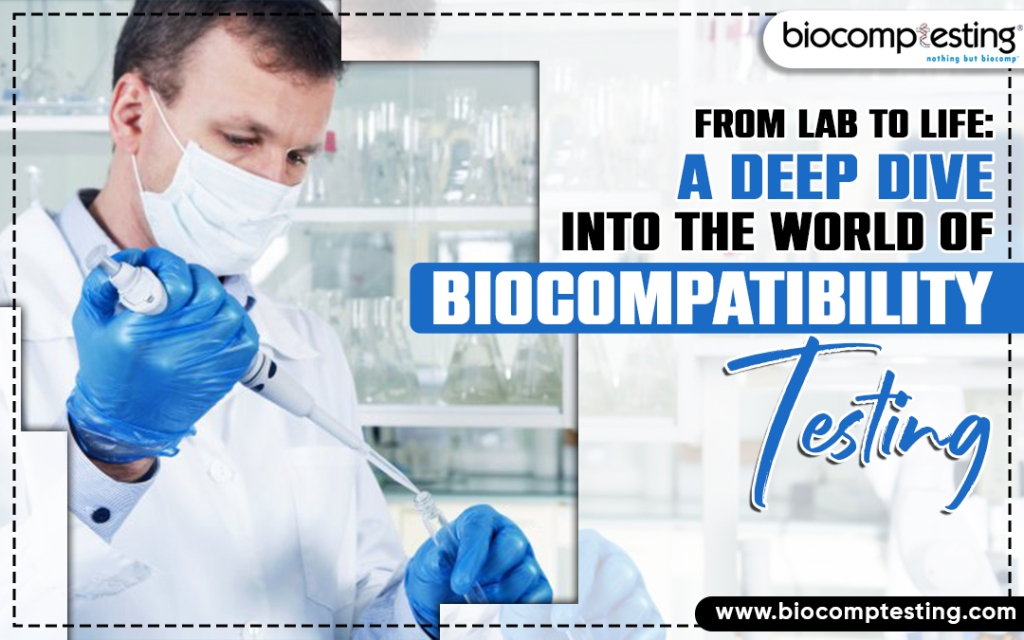
Biocompatibility testing is the bridge that connects innovative medical devices and implants from the lab to real-life applications, ensuring they are safe and effective. Now, we’ll take a journey into this captivating realm of science and regulation, exploring what Biocompatibility Testing is, why it matters, and how it transforms breakthroughs into life-saving solutions.
What is Biocompatibility Testing?
Have you ever wondered how medical devices are tested to ensure they won’t harm the human body? That’s where biocompatibility testing comes into play. It’s a series of tests designed to determine how compatible a device or material is with the human body.
Biocompatibility testing for medical devices can be as simple as a bandage or as complex as a pacemaker. Regardless of their complexity, they must undergo biocompatibility testing to ensure they won’t cause adverse reactions when used in or on the human body.
The Basics of Biocompatibility Testing
ISO 10993 Standard: This is the holy grail of biocompatibility testing. It sets the foundation for evaluating the biological safety of medical devices. There are over 20 tests under this standard, each assessing different aspects of biocompatibility.
Cytotoxicity Testing: Imagine putting a drop of the material your medical device is made of onto a culture of living cells. If those cells shrivel up and die, your device fails the test. Cytotoxicity testing helps ensure the materials used are safe for contact with the human body.
Sensitization Testing: Nobody wants to develop an allergy to their medical device. Sensitization testing checks if the device could provoke an allergic reaction. After all, you don’t want your pacemaker turning you into a magnet for rashes and itches.
Irritation Testing: This is like the comfort test for your device. It assesses how irritating the device’s materials might be to your skin or mucous membranes.
Implantation Testing: For devices meant to be implanted within the body, this test examines the effects of long-term contact. If your device breaks down into something toxic or disruptive, it’s back to the drawing board.
Why Biocompatibility Testing is Crucial
Now that we know what it is, let’s explore why biocompatibility testing is so essential.
Patient Safety: It goes without saying that medical devices must be safe for patients. These tests ensure the devices won’t cause harm, discomfort, or adverse reactions.
Regulatory Compliance: Regulatory bodies like the FDA require extensive biocompatibility testing before a medical device can hit the market. Compliance with these standards is non-negotiable.
Product Reliability: No one wants a medical device that will break down inside their body or cause complications. Biocompatibility testing helps guarantee the reliability and longevity of these devices.
Reduced Liability: Manufacturers who invest in thorough biocompatibility testing are less likely to face legal issues due to device-related complications. It’s a win-win for both patients and manufacturers.
The results of these tests could lead to design modifications, material changes, or further testing. It’s a rigorous process, but it ensures that patients can have confidence in its safety and effectiveness when the orthopedic implant is eventually used in surgeries.
In Conclusion
Biocompatibility testing is the unsung hero that ensures our medical devices are safe and compatible with our bodies. It’s a complex and evolving field that aims to improve patient safety and well-being. From the lab to life, biocompatibility testing is the reassuring handshake between science and your health.
